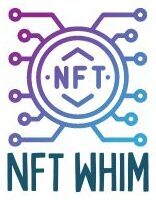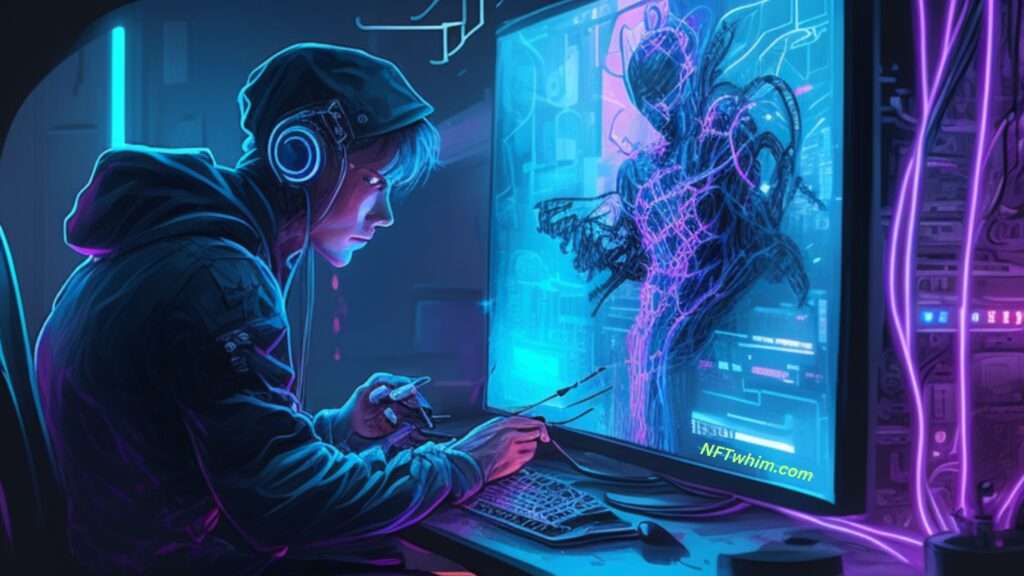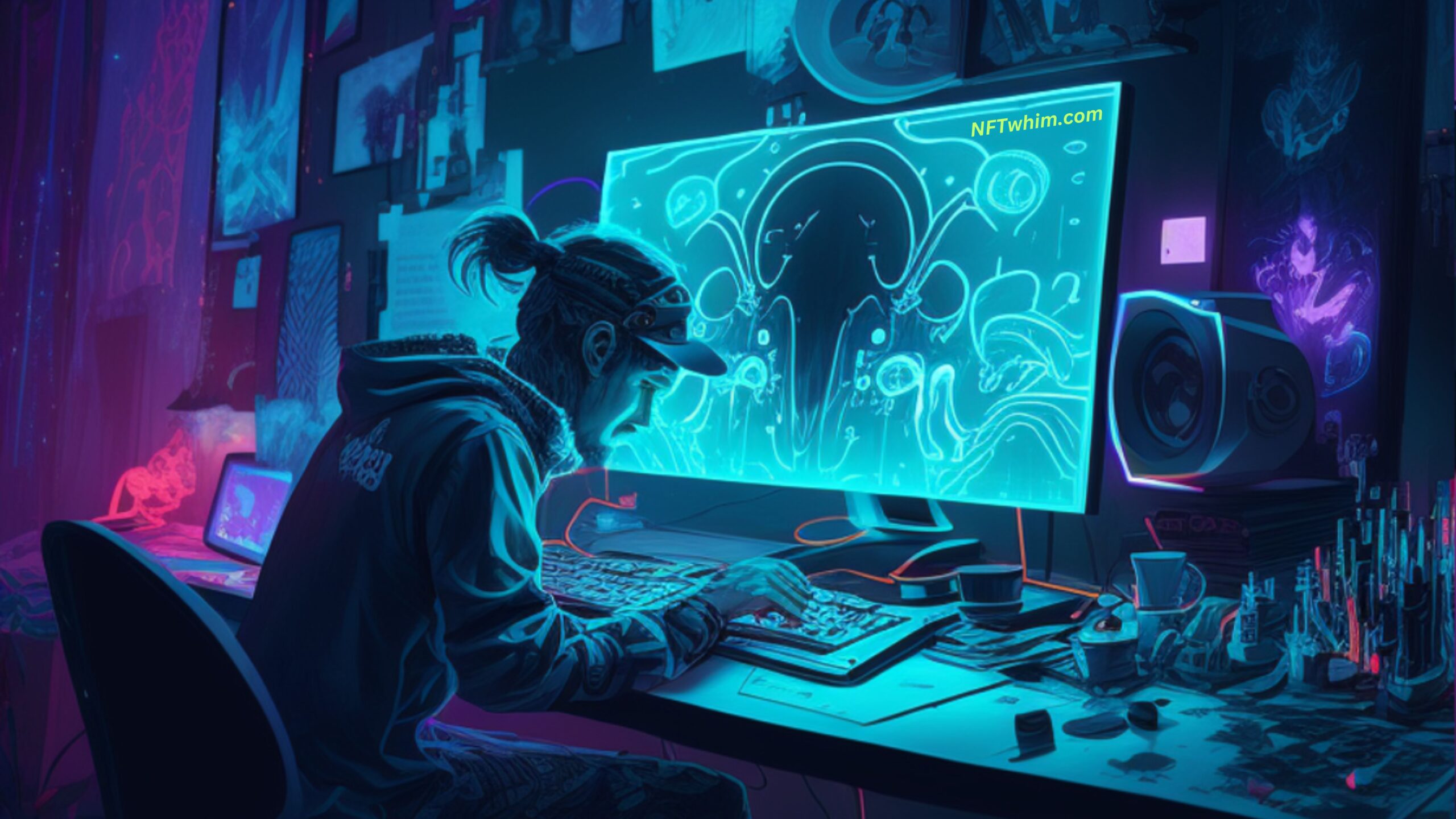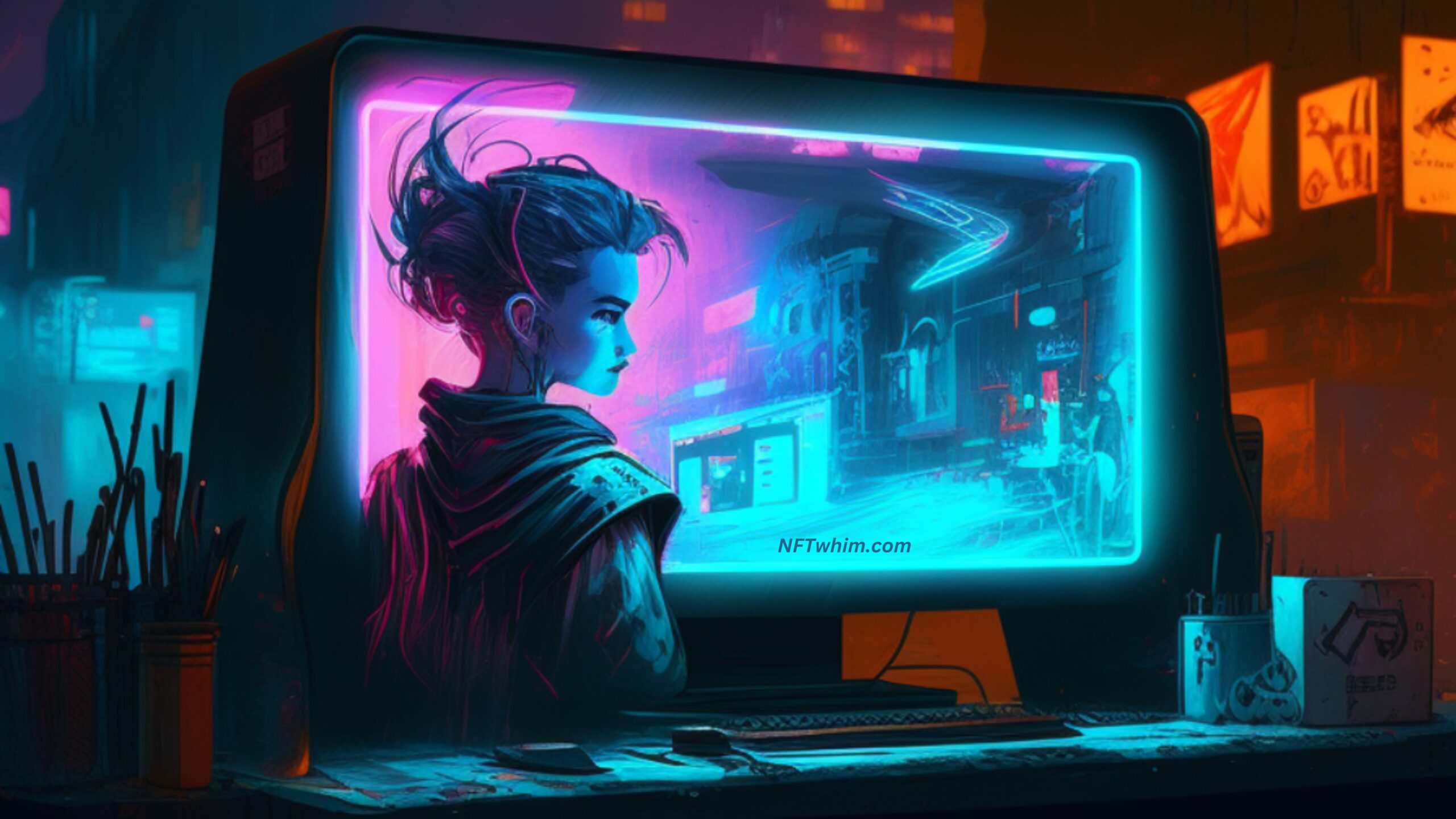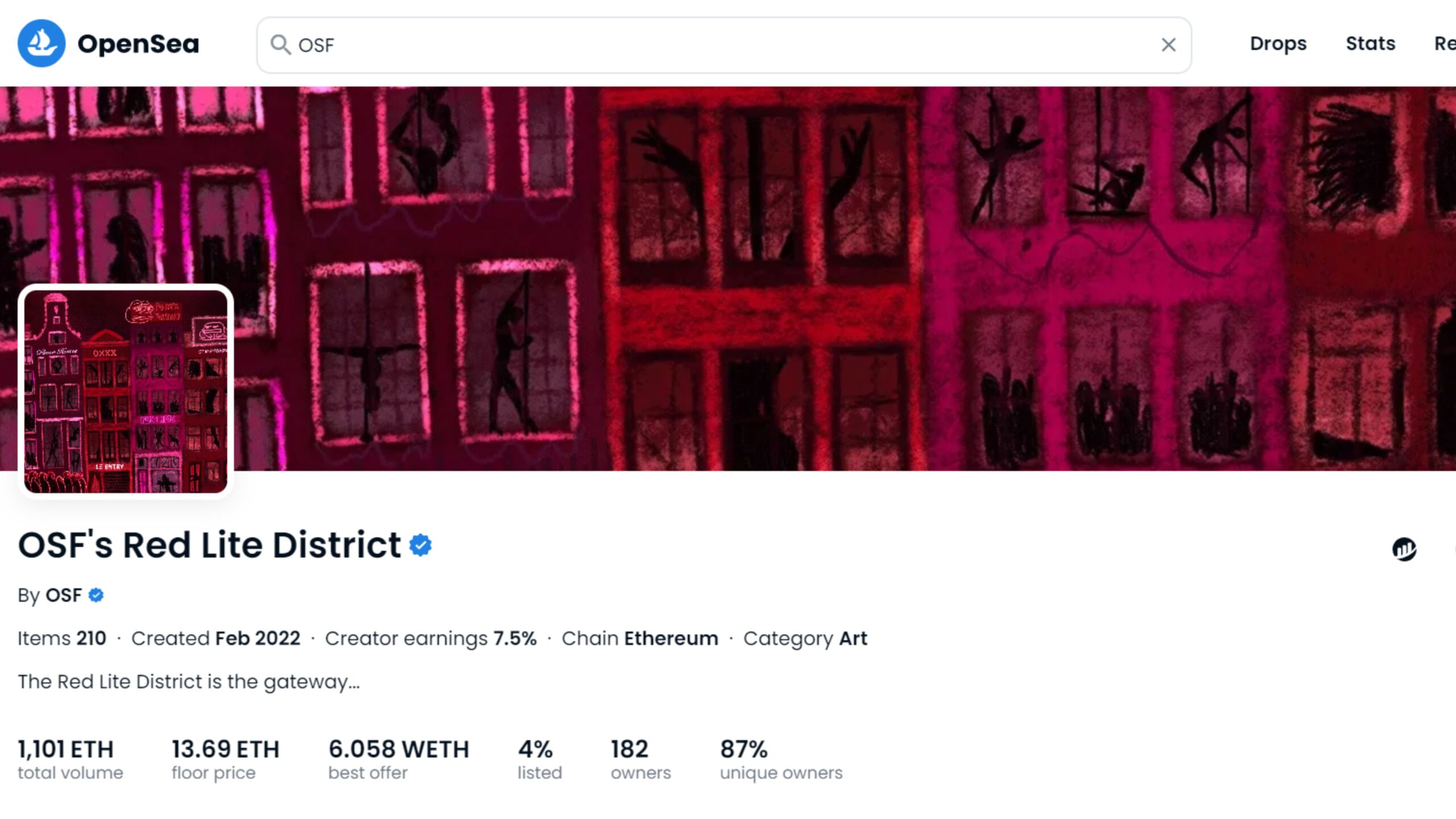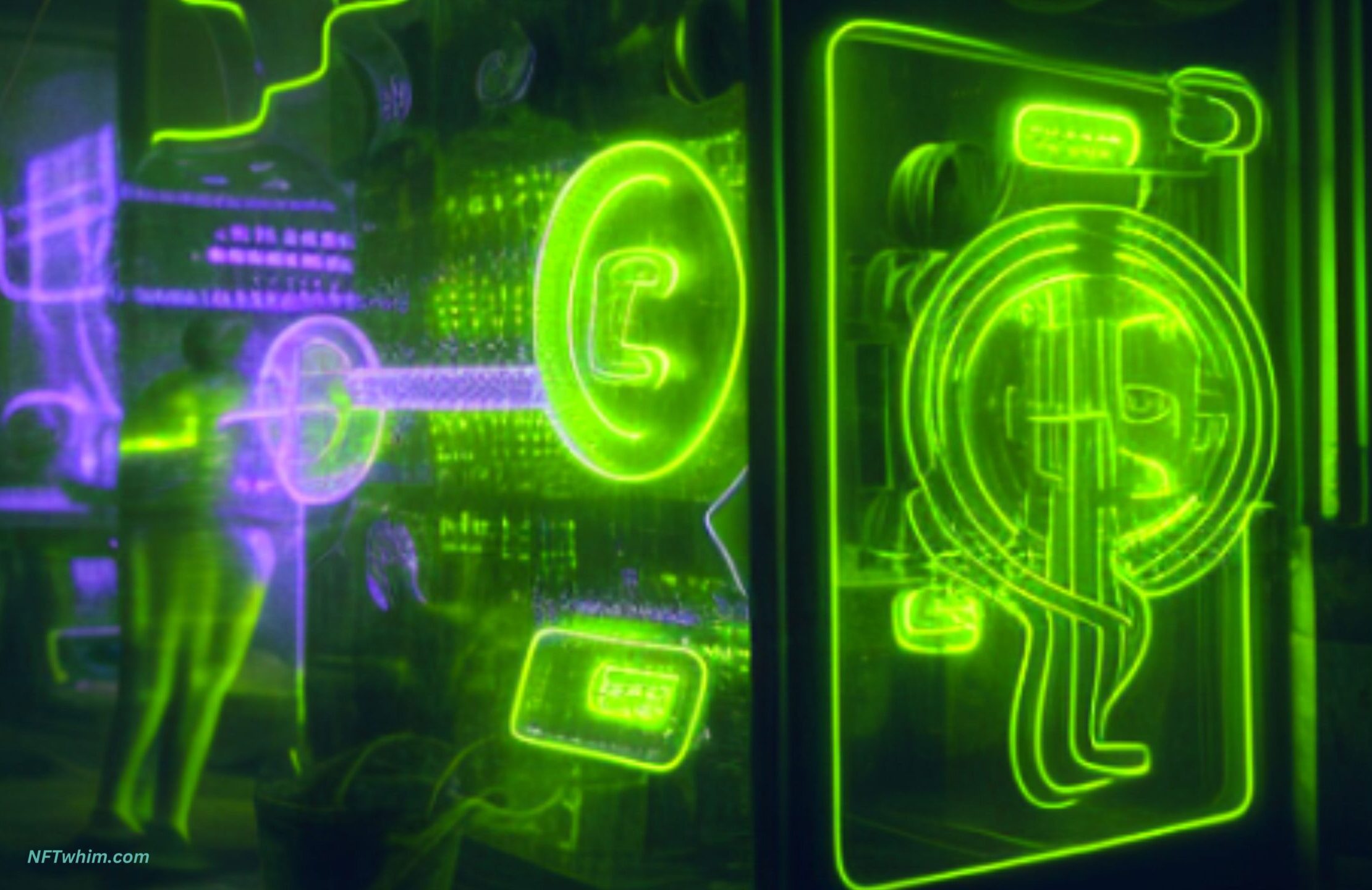What exactly is minting an NFT and how does it work? Minting an NFT can be a complex process that involves multiple steps from creating the artwork or digital asset to pug it on the blockchain and getting it listed as an official token. In this article, we’ll break down all aspects of minting an NFT so that you can understand not only what it means but also why there’s such excitement around it.
In a nutshell, minting an NFT is the process of creating a digital token with proof-of-ownership and authenticity embedded in it. Practically, it means that you upload your digital file onto the blockchain, and by doing so, your asset is registered with a hash address on the Blockchain, which implies you have a digital proof of ownership of the asset. If you then sell the asset, this digital proof it transferred to the buyer.
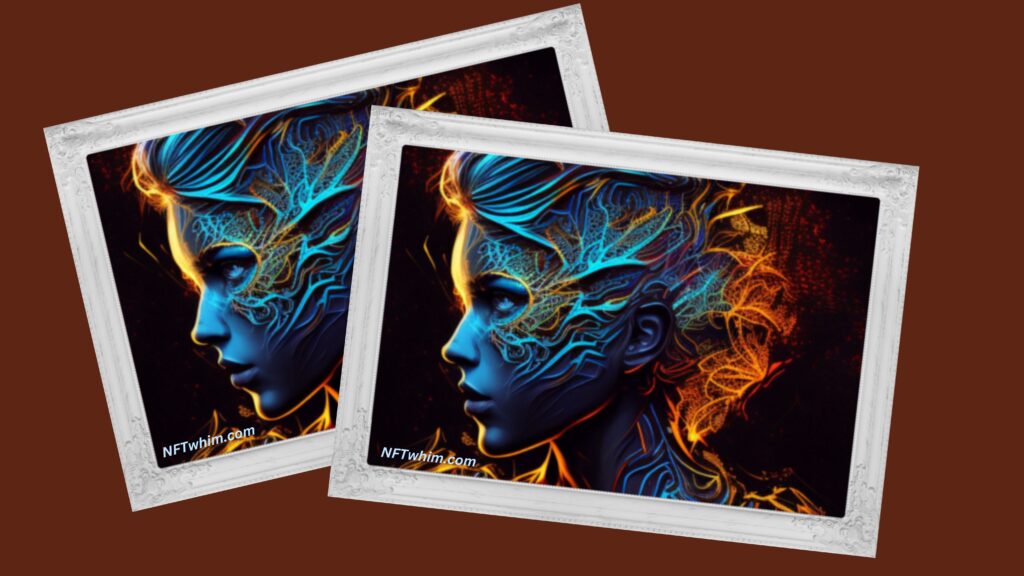
By the way, you may also be interested in this article about lazy mining, a method that can be described as minting NFTs for free!
Definition Of Non-Fungible Token (Nft)
To start off, let’s dive into what an NFT actually is:
An NFT refers to a type of crypto asset that represents something non-fungible—or not able to be exchanged for another item of similar value. Instead, each token has distinct qualities which make them and hence irreplaceable. Examples include virtual art pieces, game items, collectibles, music files, real estate tokens, and more. While all these assets can only be traded between two parties using blockchain technology (as opposed to traditional fiat currency), their ownership remains immutable on the ledger even after the transaction is completed.
Moreover, since each NFT is backed by data stored on the blockchain network it runs on, this brings several additional benefits such as improved security and verifiability over standard financial transactions. Furthermore, minting an NFT allows users to monetize any digital asset without having to go through third party intermediaries like banks or payment processors; making them perfect for applications where trustless payments are desired. All in all – Non Fungible Tokens offer individuals unparalleled control over their digital assets while allowing them to trade freely in today’s economy with confidence.
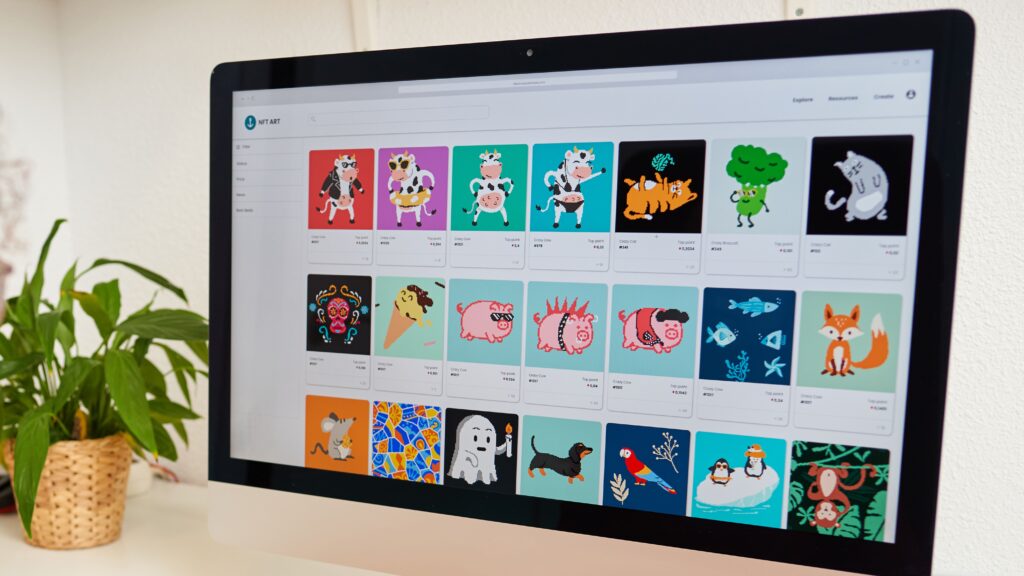
Benefits Of NFTs
The dawn of a new era has arrived with the emergence of Non-Fungible Tokens (NFTs). Minting an NFT is akin to unlocking the door to endless possibilities. This revolutionary technology offers unprecedented access, growth potential and control over digital assets like never before.
NFTs offer several advantages that traditional collectibles lack. For example, they are unique and cannot be replicated or counterfeited; each token is identifiable from another so buyers can rest assured knowing their purchase is protected from fraudsters. Additionally, NFTs provide owners with complete utility over their asset: users have full ownership rights which allows them to transfer, trade, buy and sell as they please – giving them greater freedom than ever before.
From increasing liquidity to providing unparalleled security measures, there’s no denying that NFTs are changing how we interact with digital assets today and will continue revolutionizing our future lives. By minting an NFT you join millions of others taking advantage of its power while experiencing true ownership within a thriving market.
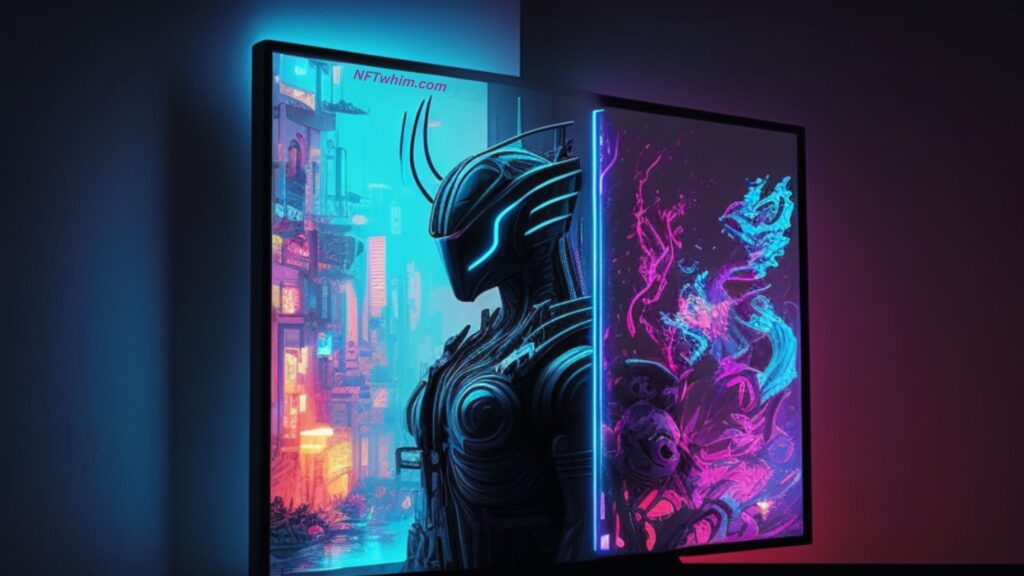
What Is Minting?
Minting an NFT is the process of creating a unique digital asset tokenized on the Ethereum blockchain, or on another blockchain such as Cardano or Solana. It’s essentially like printing out a physical copy of something and giving it to someone special, except with minting you’re doing it digitally.
This means that when you create your own NFT, you have full ownership over it forever. And, as mentioned, you can then sell or trade this asset by transferring its ownership rights to another person or company in exchange for valuable items such as cryptocurrency tokens.
The actual creation of an NFT consists of two steps: first, you need to create some form of digital artwork which will be used as the basis for your asset; then second, you go through the minting process which involves uploading your artwork onto the Ethereum network, or other blockchain, and generating a unique hash address associated with that piece. Once completed, your artwork is turned into an NFT, stored securely on the blockchain so no one else can alter or tamper with it – making it virtually impossible to counterfeit.
With this newfound freedom comes great potential – allowing users to easily monetize their creativity and unlock new opportunities they never thought possible before.
Detailed outline a step-by-step process to follow when minting your NFT:
- Choose a digital file that you would like to mint into an NFT. This could for example be a piece of digital artwork, a music file, or a moving animation.
- Determine your requirements for minting (such as type of project, budget, timeline, file sizes, file types etc.).
- Research different platforms to find one which best meets your needs.
- Acquire any necessary materials such as software licenses or artwork assets.
- Set up your wallet and deposit funds into it so you can pay associated fees like gas costs during the minting procedure.
- Build out all aspects of your NFT project including design elements, smart contract code, and metadata tags to ensure maximum compatibility across various blockchain networks.
- Create and launch your unique NFT via a supported platform like OpenSea or Rarible where buyers will be able to participate in auctions and exchange transactions with you directly on the marketplace!
- Pay attention to any additional costs related to maintaining your NFTs over time such as hosting fees or storage space for artworks/files associated with each individual tokenized asset.
In short, by carefully considering these seven steps prior to starting your own minting journey – from planning & development all the way through launching & managing – you’ll be well equipped to create a successful & secure digital asset portfolio that offers true freedom!
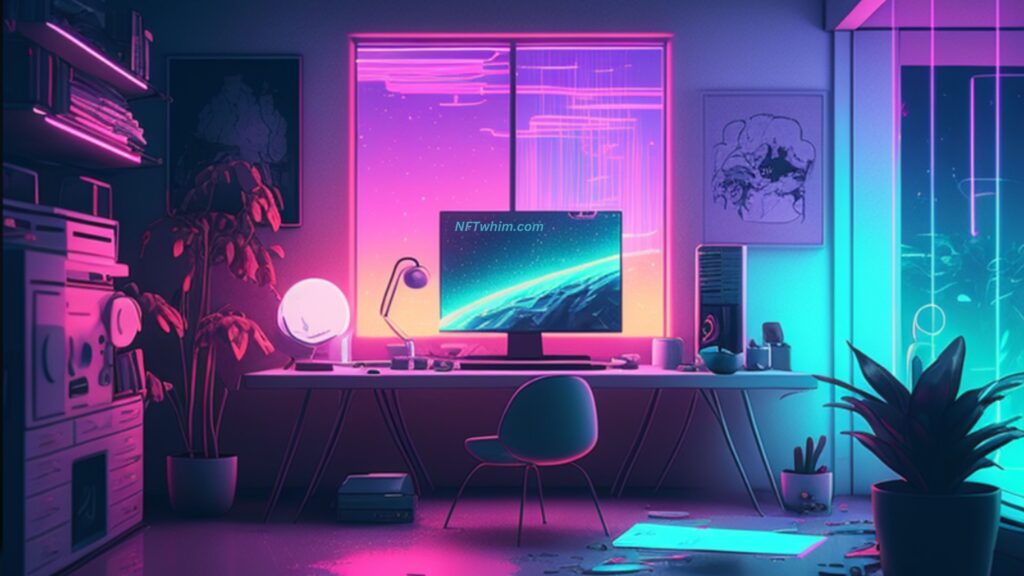
What Does It Cost To Mint An NFT?
So, now that we know that minting an NFT is the process of creating a unique digital asset through blockchain technology and registering it to a distributed ledger – also known as a blockchain, let’s look into the potential costs of doing this:
Minting an NFT requires some costs associated with minting, which can range from minimal to significant depending on the platform used. Here are 4 common cost factors when considering the price of minting an NFT:
- Gas Fee: This fee will cover the cost of securing your data on the Ethereum network each time you make a transaction or add new information to your digital asset’s metadata. Gas fees vary based on current market conditions but typically run between $0.10 and $20 USD per transaction.
- Platform Fees: Platform fees may be charged by the marketplace in exchange for hosting and displaying your artwork alongside other creators’ work within their ecosystem. These fees can range from 0-30% of sales revenues, depending on the platform being used.
- Credit Card Processing Fees: If users want to purchase art using credit cards, there may be additional processing fees charged by payment gateways such as Stripe or PayPal that need to be taken into account when calculating total costs involved with selling an NFT artwork piece online.
- Legal & Accounting Costs: Depending on where you live, international laws surrounding taxes related to digital assets can become complicated quickly so you might want to consult with legal and accounting professionals who specialize in this area if possible before getting started with minting an NFT project. This is especially important if you are planning to release a large, high-profile collection.
With these four considerations in mind, minting an NFT should not necessarily break one’s budget; however, understanding all potential costs upfront will help ensure successful execution while avoiding any unexpected surprises down the road.
You should also know that some marketplaces, like Opensea for example, offer an option called “lazy minting”. If you choose this option you only pay for the minting cost gas fees (and only actually mint the asset), if the asset is sold. Thus, you can list digital files for sale without having to pay for gas fees if none would buy them. However, do keep in mind that with this option, your digital file is actually not turned into an NFT if it is not being sold!

Selling The Minted NFT
After minting an NFT, it can be sold or traded in various ways. One popular method is through specialized exchanges and marketplaces that facilitate these transactions between buyers and sellers. These types of platforms offer a wide variety of different options for trading or selling NFTs, including auctions and one-on-one deals.
For those looking to make money from their NFTs, there are many potential avenues available. Many traders use these dedicated exchanges to buy and sell quickly, while others look to more traditional methods like online auction sites or even direct sales with individual collectors. Regardless of which route you choose, it’s important to understand how each works so you get the best deal possible when selling your own creations.
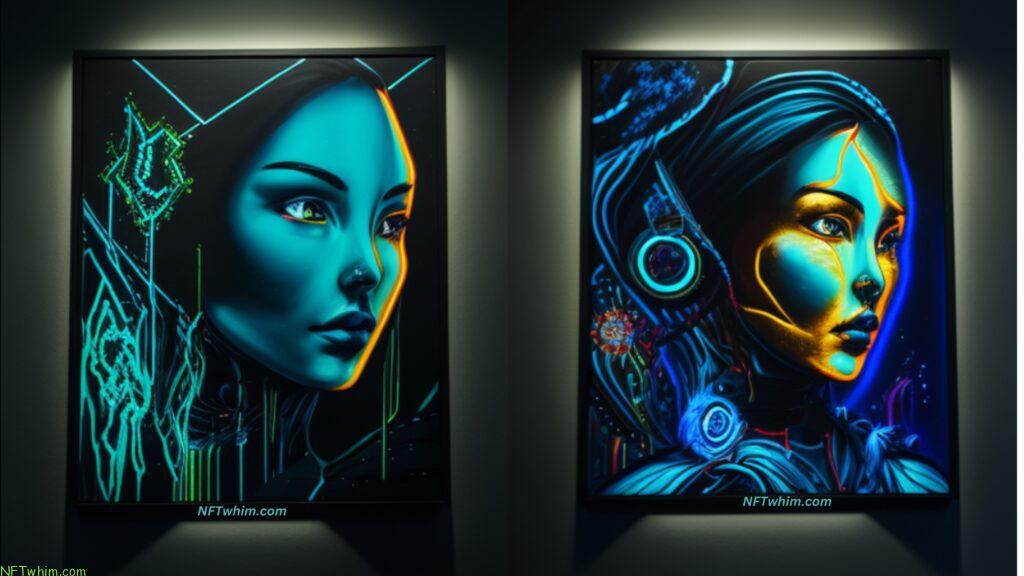
Types Of Assets That Can Be Turned Into NFTs
So, we now know that minting an NFT means turning any type of asset into a digital, non-fungible token. These tokens are then stored on the blockchain and can represent anything from 3D models and digital art to gaming items, collectibles, and even ownership-certification of physical assets like real estate or cars. They can also be used to create unique virtual experiences such as music festivals or concerts that anyone with internet access can attend.
The benefits of turning your assets into NFTs are numerous: they provide greater security for owners since ownership is tracked through the blockchain; they provide liquidity by allowing owners to easily transfer their tokens without having to worry about getting scammed; and they enable creators to monetize their work more effectively than ever before. Additionally, minting an NFT enables users to take advantage of new technologies such as augmented reality (AR) and virtual reality (VR). By leveraging these tools, users can create immersive experiences which bring traditional physical assets closer than ever before.
In short, minting an NFT allows you to transform virtually any type of asset into a digital token that grants you full control over it while providing enhanced security benefits and improved liquidity options. With the increasing number of platforms available today, there’s never been an easier way to digitize your possessions – making them accessible wherever you go.
Finally, for artists, minting their artworks into NFTs opens up a completely new way of monetizing their pieces!
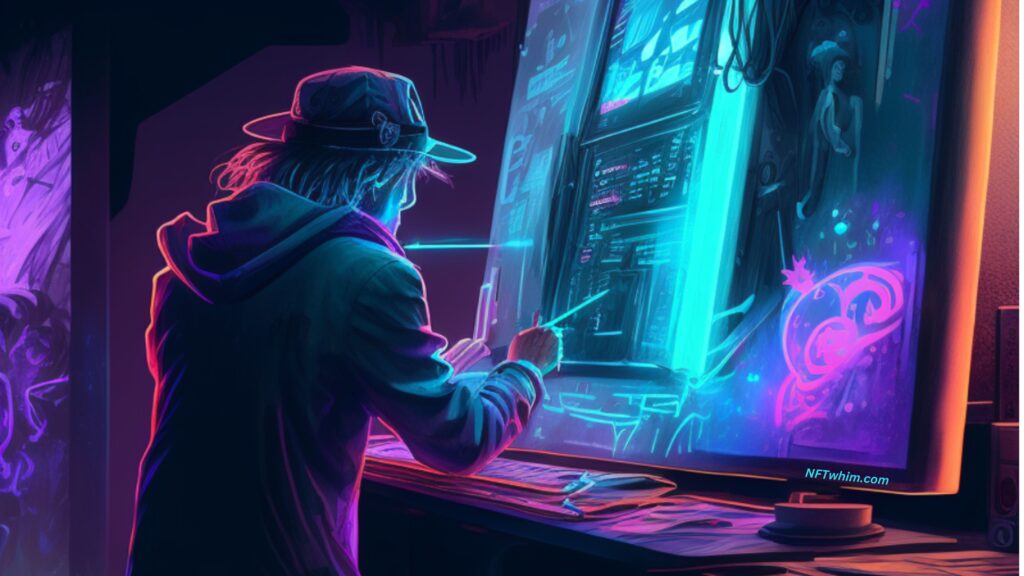
Popular Platforms For Minting NFTs
With the evolution of NFT platforms, now there are so many amazing options available for minting your own Non-Fungible Tokens. Whether that’s through Ethereum NFTs or Defi NFTs – whatever your preference is – you can find a platform that will make it easy for you to mint and trade your tokens.
For example, websites like OpenSea and Rarible have streamlined and easy processes for minting various digital files into NFTs, and to list the tokenized assets for sale. And with more and more companies offering their own proprietary services for creating unique digital items, such as artworks and collectibles, there’s no limit when it comes to what kind of content you can create. So go ahead – explore all the possibilities out there today and start minting some awesome NFTs!

Security Issues With Minting NFTs
Minting an NFT is the process of creating a digital asset that has been verified on the blockchain; however, it also comes with certain risks. Here are some key security issues to consider when minting NFTs:
- Malicious actors – It’s important to take precautions against malicious actors who might seek to exploit vulnerabilities in smart contracts or wallets used for storing or trading NFTs.
- Smart contract bugs – Smart contracts may contain errors which can lead to unexpected results. Therefore, having an experienced team closely review any smart contracts before they are deployed is essential.
- Privacy concerns – Since many platforms used for minting and trading NFTs use public blockchains like Ethereum, there is a risk that sensitive information could be exposed if not properly secured.
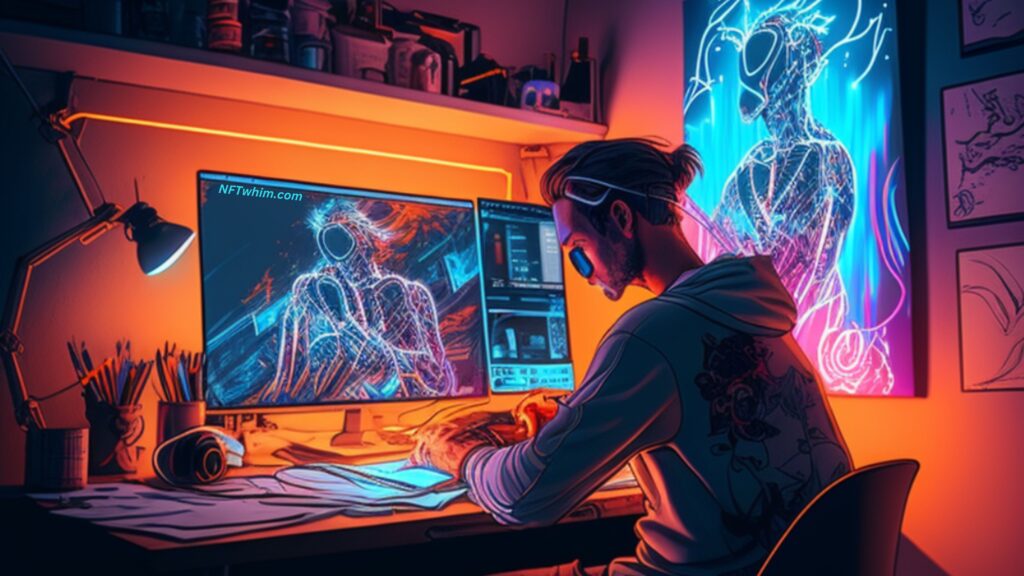
Regulatory Considerations For Minting NFTs
When minting and trading NFTs, it’s important to understand the regulatory considerations that come along with them. This is especially vital for larger collections.
The first step should always be to familiarize yourself with the regulations governing your specific country or jurisdiction. There are many different laws and rules surrounding NFT security depending on where you’re located. Adhering to these regulations not only ensures compliance but also protects users from any potential legal repercussions. Additionally, researching how other countries treat NFTs can help inform better decisions when entering a new market.
It’s also essential to stay up-to-date on any changes related to cryptocurrency legislation as this will directly affect your ability to use certain platforms for minting and selling NFTs. Keeping abreast of news about current developments such as taxes, licensing requirements, consumer protection measures, and anti-money laundering initiatives will ensure smooth operations while staying compliant with local authorities. Furthermore, registering a business entity if required by law can give you an edge over competitors who do not comply with applicable regulations.

Conclusion
Minting an NFT means creating a digital asset and placing it on the blockchain. It is becoming increasingly popular as people realize the potential of this technology for artists and creators, and the effects it will have on collecting, investing, and trading. As NFTs become more commonplace in our society, many are looking to capitalize on their growing popularity by minting their own tokens. Minting can be done with just about any type of digital asset or artwork, making it possible for anyone to create unique digital objects that have real-world value.
The implications of minting NFTs are vast; they could really open up a whole new world of opportunities for artists and creators. With these digital tokens being so accessible, there’s no telling what kind of creative projects we may see emerge from them in the future. The possibilities are especially exciting when considering how NFT trends will continue to shape our culture over time — whether through artworks or collectibles created by independent artists or larger companies taking advantage of the marketplaces available to list their products. Additionally, since each token is unique and cannot be duplicated, buyers have peace of mind knowing that their purchase has lasting value attached to it.
Robin
Author: Robin Olsson
Author Bio: I’m Robin and on this website, I share everything I’ve learned since getting into NFTs in 2021. I have a background in research and I’ve been in crypto for several years. You can read more about me here.
